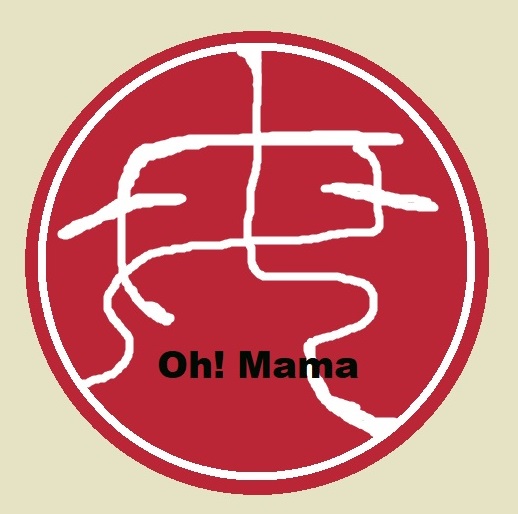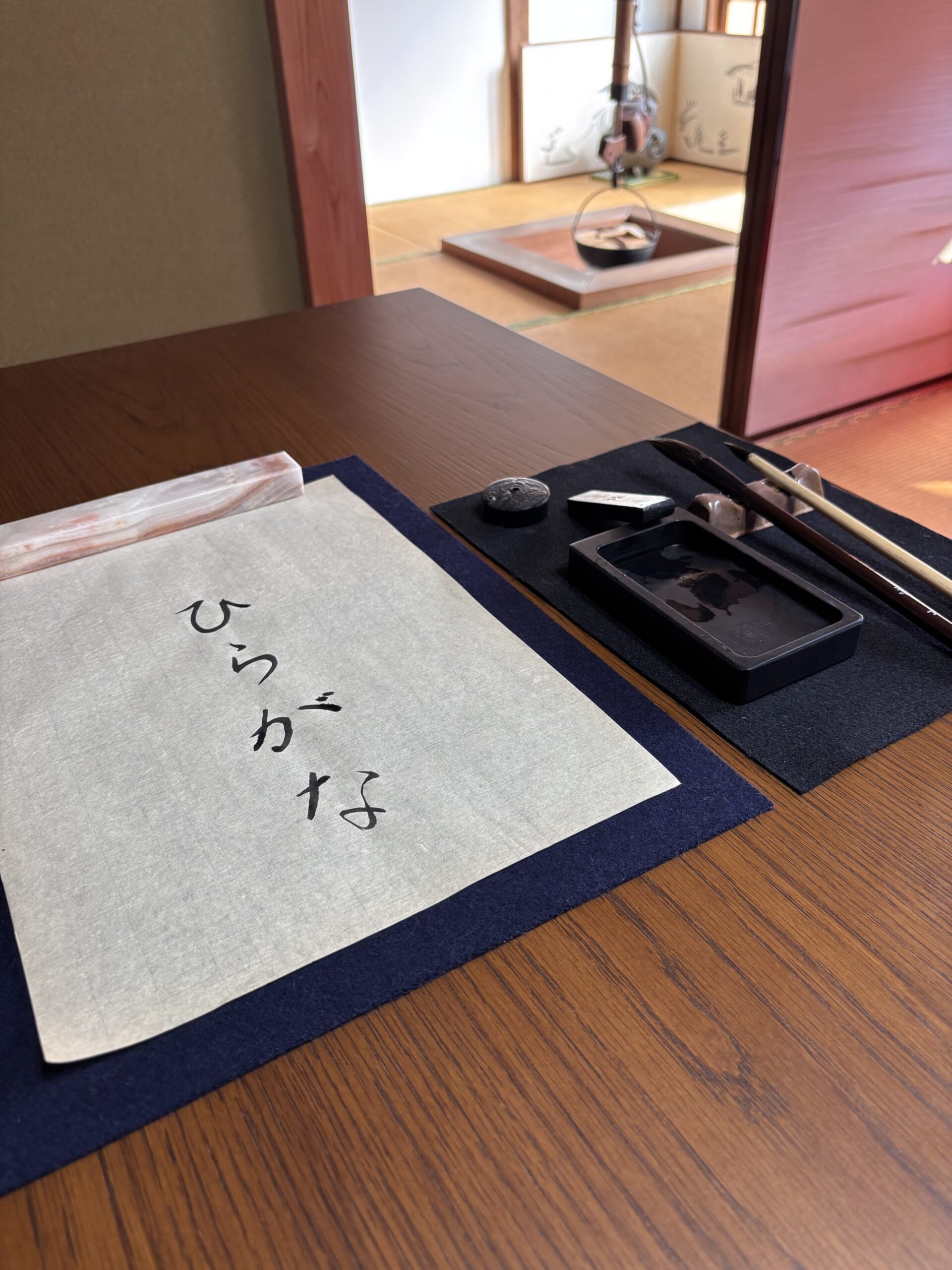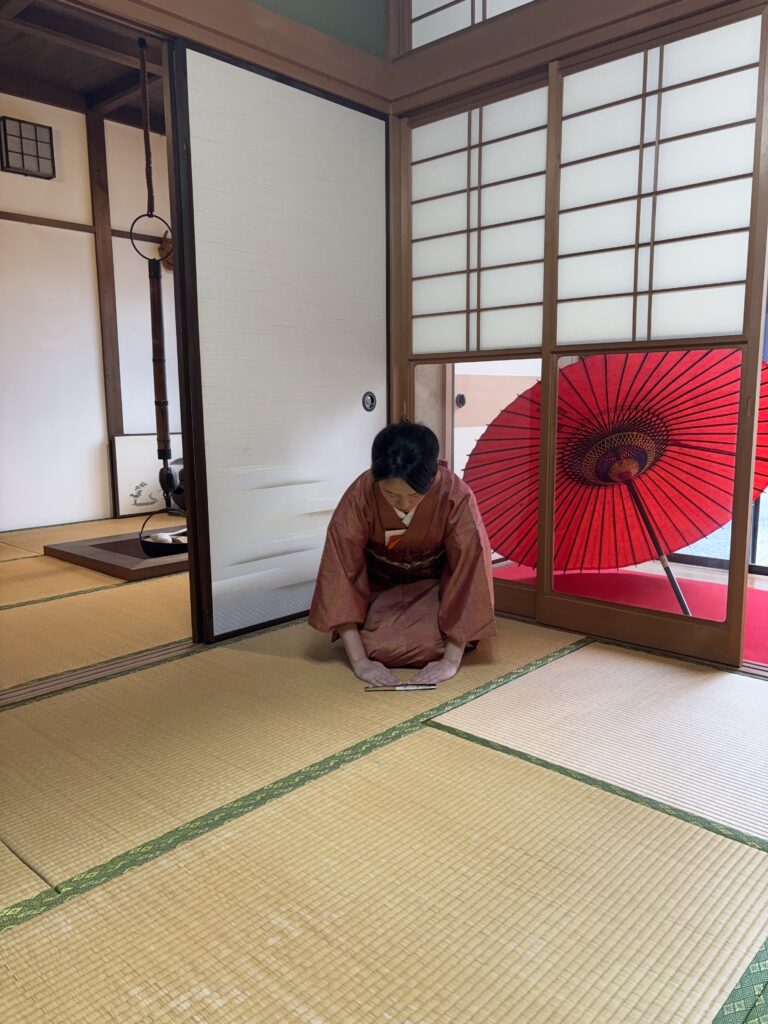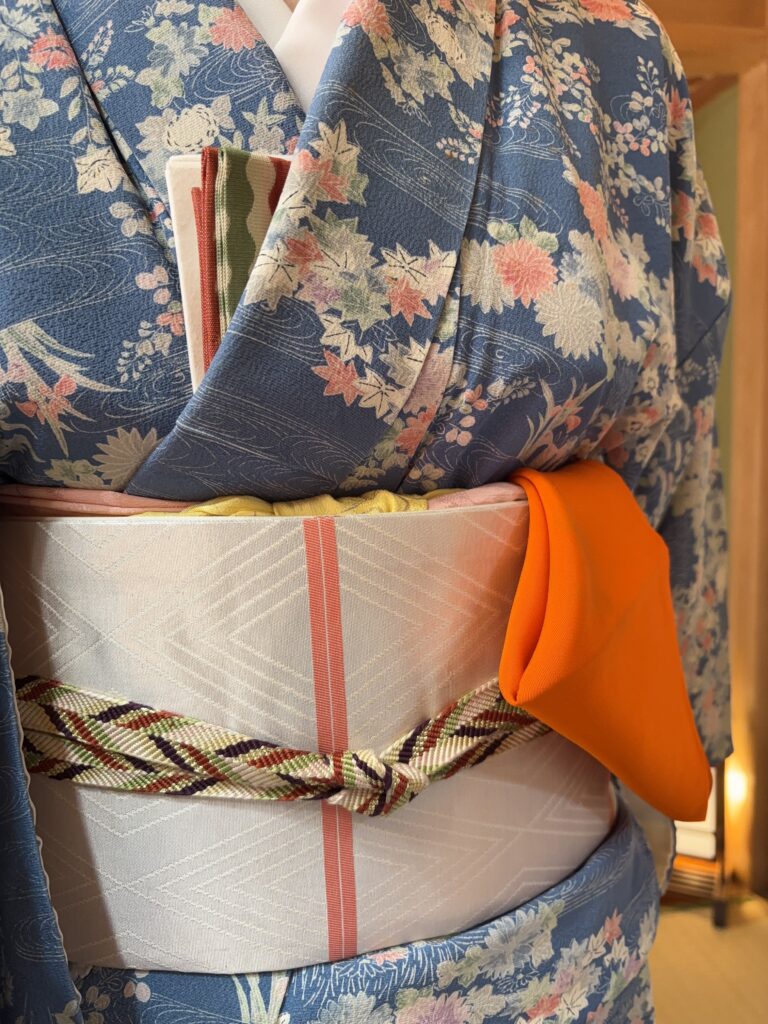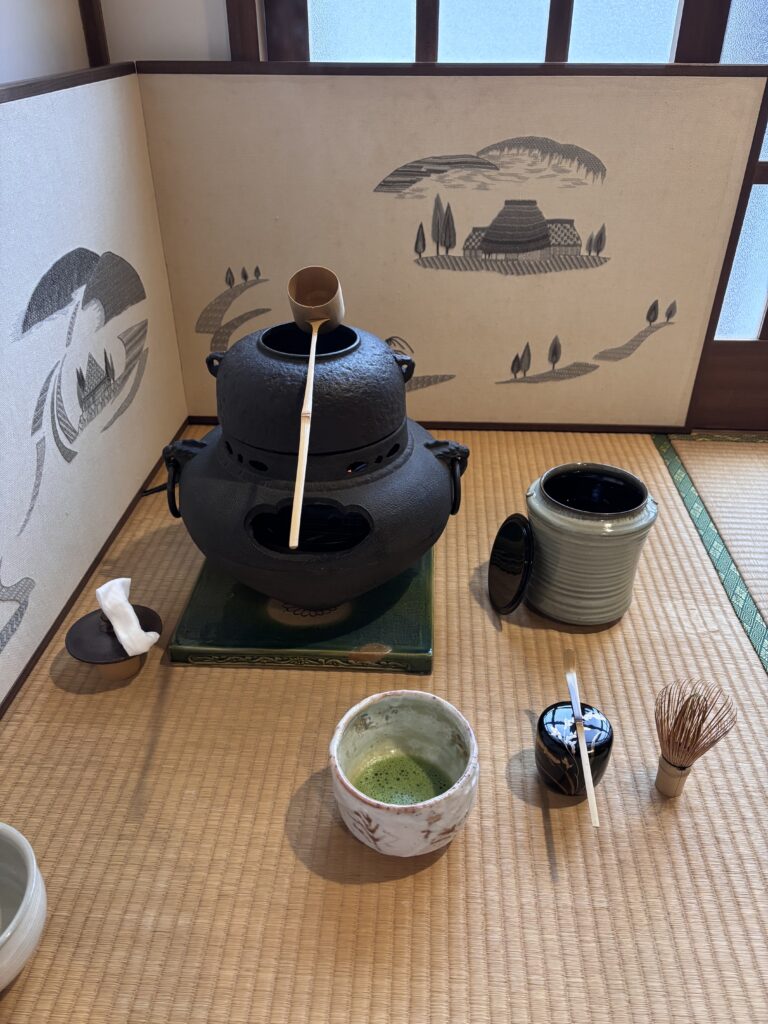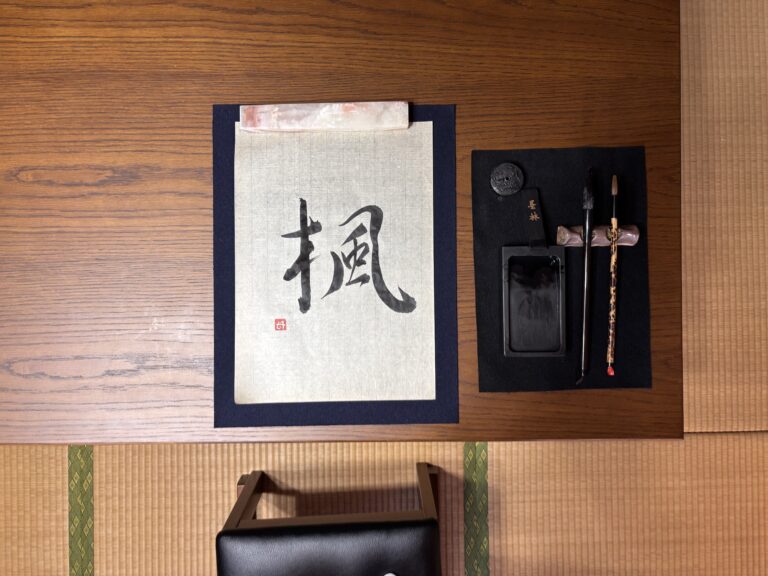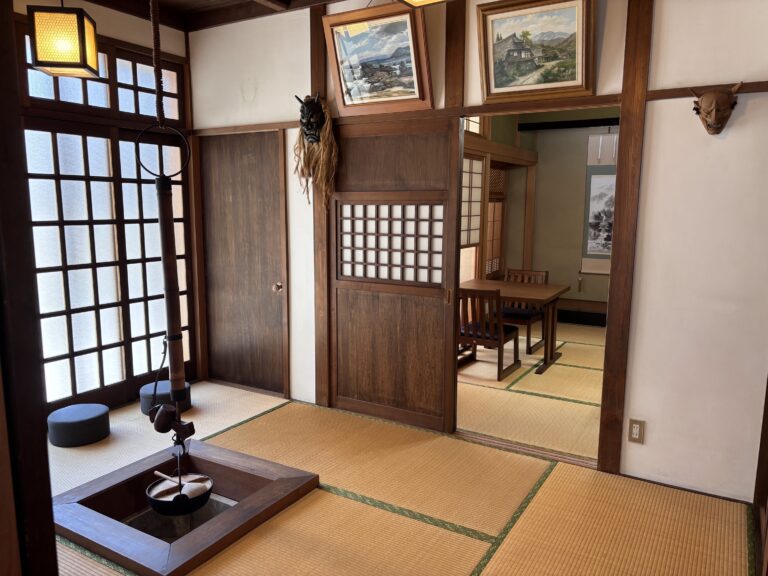Questions about Shodo, Japanese Calligraphy: Why Is Hiragana So Hard to Write?
My given name is written in hiragana, and I personally find it very difficult to write it beautifully in calligraphy.
Friends of mine who also have names written in hiragana almost all say the same thing — it’s surprisingly challenging!
The Three Pillars of Japanese Writing
The Japanese writing system is made up of three main types of characters: hiragana, katakana, and kanji.
Among these, children usually start by learning hiragana, then move on to katakana, and finally to kanji.
For those unfamiliar with Japanese, it’s important to note that hiragana and katakana are not like uppercase and lowercase letters in English. They represent the same sounds, but are used differently depending on the word.
The Origins of Hiragana
Hiragana is a native Japanese script, created from kanji around the 10th century.
Before Chinese characters (kanji) were introduced, Japan had no writing system. Over time, Japanese people adapted kanji and developed hiragana as their own way to represent the Japanese language.
For more than a thousand years, hiragana has been used to express the sound of Japanese speech. Because of this long history, people in Japan are familiar with hiragana and it is the first character that most children come into contact with. Almost all early childhood picture books today are often written entirely in hiragana.
The Role of Katakana
Katakana was developed around the same period as hiragana, by simplifying parts of kanji.
In modern times—especially from the 19th to the 20th century—it has started to be used to represent foreign words and concepts that entered Japan.
For example:
白菜 (hakusai, Chinese cabbage) is written in kanji, while キャベツ (kyabetsu, “cabbage”) is written in katakana. Similarly, 米 (kome, “rice”) uses kanji, but パン (pan, “bread”) uses katakana.
Even foods that seem similar are written in different writing systems—quite interesting, isn’t it?
In Calligraphy, the Order Is Reversed
Now, let’s talk about shodo, Japanese calligraphy.
When learning Japanese, the order is usually hiragana → katakana → kanji,
but in calligraphy, the order is the exact opposite:
- Kanji
- Katakana
- Hiragana
Why is that? The answer is simple. Hiragana is the most difficult to write with a brush.
Why Hiragana Is So Trick
Kanji and katakana are mainly made of straight strokes written “from top to bottom” and “from left to right.” This makes them easier to control with a brush.
Hiragana, on the other hand, is full of curves lines. Some characters are off-centered or tilted, and capturing their balance is not easy. Although it’s not a cursive script, it has a gentle, rounded form that requires delicate brush control.
Let’s Try Calligraphy with Kanji First
There are more than 2,000 kanji we use in our daily lives in Japan. Some kanji are quite complicated but some kanji are incredibly simple—like 「一」 (one), 「二」 (two), and 「三」 (three). They’re just horizontal lines, perfect for practicing how to hold and move the brush.
So before diving into the elegant curves of hiragana, let’s learn the steady strokes of kanji. Start with the basics—「一」「二」「三」—and feel the rhythm of your brush.
That’s where calligraphy begins.
References
・NHK WORLD-JAPAN.
“Learn Japanese Letters: Hiragana, Katakana, and Kanji.”
https://www3.nhk.or.jp/nhkworld/lesson/ja/letters/hiragana.html
